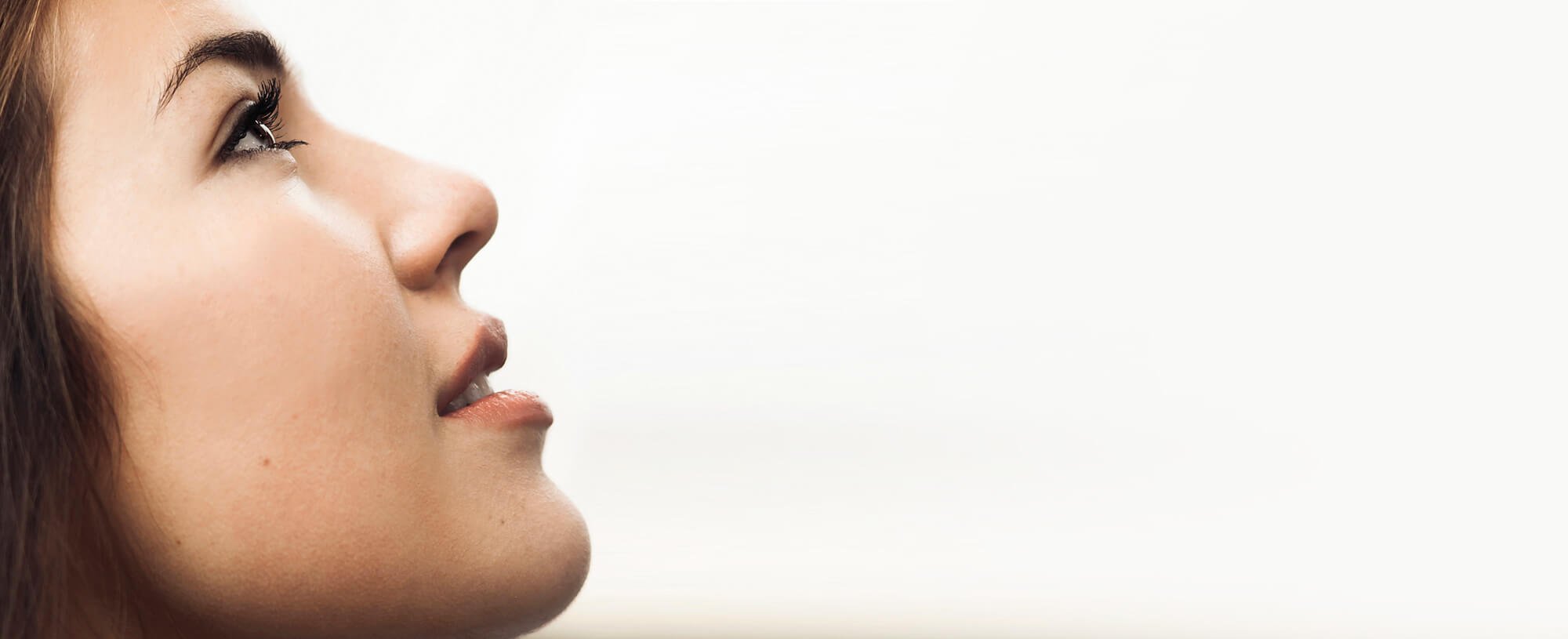1. Knowing the causes of sunburn
As melanocytes - the cells that produce the melanin responsible for tanning have not been stimulated over the winter; they no longer have a photo-protective effect. It is therefore in the spring when the temperature begins to rise, that we get sunburnt most easily.
Since it is not too hot like the summer, we are tempted to stay outside in the sun for longer, putting our skin in danger.
2. Preparing your skin for the sun
In the spring, take exactly the same precautions as in the summer. A sunscreen cream with SPF 30 is not enough, instead, opt for SPF 50. This doesn't mean you won't tan. You will just tan more slowly, without getting sunburnt. Use the L’Oreal Paris UV Perfect Even Complexion to protect your skin from free radicals and pollutants. Its 12-hour long UV protector secures your skin tone and colour.
You can also protect yourself with a simple T-shirt and a hat. It will prevent face sunburn, which can lead to premature signs of ageing - wrinkles, lines, dark spots, etc. Initially, start exposing yourself to the sun bit by bit - 15 minutes on the first day, 30 minutes on the second, and so on.
3. Identifying and treating sunburn
Ordinary sunburn is characterised by the appearance of bright red patches that can last between 3 and 5 days. It just affects the upper layers of the epidermis.
1st-degree burns are very painful and feel like a real attack on the skin. Take a dip in a tepid or even cold bath and use a very rich cream that will soothe the burn. Forget about after sun; it doesn't achieve anything!
2nd-degree sunburn causes intense, long-lasting pain, sometimes accompanied by blisters, headaches, shivering and fever. In this case, pass the skin under a continuous stream of cold water to cool down the burn and don't hesitate to take some paracetamol. The skin will take a long time to repair. Make sure you avoid all sun exposure until the redness has disappeared.
Although sunburn is not very destructive in the middle of the summer, there is still a higher risk of getting it. Therefore, it is important to take the step up your sun protection to guard your skin against harmful UV rays, free radicals, carbon dust, and environmental aggression.










